Premium Only Content
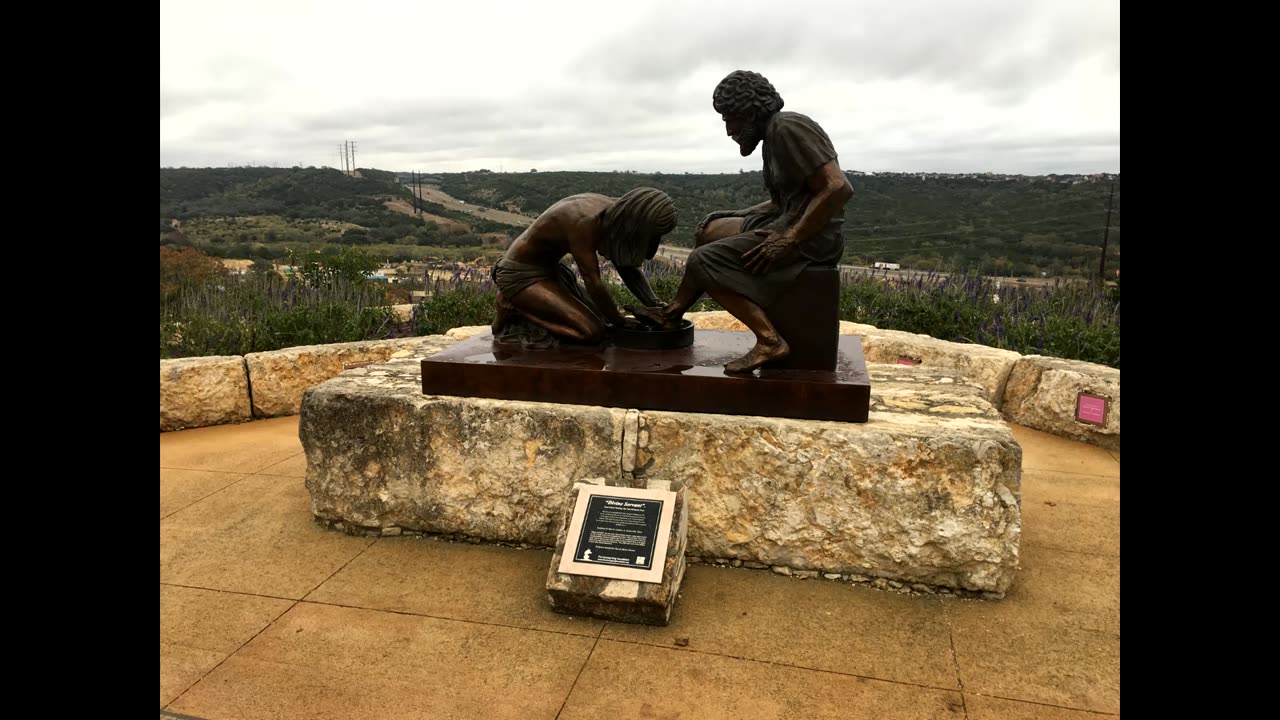
“Remember the sabbath day, to keep it holy.”
The history of the Catholic religion is extensive and spans over two millennia. Here's a brief overview:
Origins: The Catholic Church traces its roots back to the teachings of Jesus Christ, who lived in the first century AD in the region now known as the Middle East. He preached a message of love, compassion, and forgiveness and gathered a following of disciples.
Foundation: After Jesus' crucifixion and resurrection, his disciples spread his teachings throughout the Roman Empire. The Apostle Peter is traditionally regarded as the first bishop of Rome and is considered the first pope by the Catholic Church.
Development: In the following centuries, the Christian community faced persecution but continued to grow. In 313 AD, the Emperor Constantine issued the Edict of Milan, which granted religious tolerance to Christians, leading to increased acceptance and expansion.
Formation of the Church: The first ecumenical council, the Council of Nicaea, took place in 325 AD, where key doctrines and beliefs of Christianity were formalized. The Nicene Creed, a statement of faith, was established during this council.
The Great Schism: Over time, theological and political differences between the Eastern and Western branches of Christianity led to a major split in 1054 AD, known as the Great Schism. This division resulted in the formation of the Eastern Orthodox Church and the Roman Catholic Church.
The Middle Ages: During the Middle Ages, the Catholic Church held significant power and influence in Europe. It played a central role in medieval society, with the pope acting as a spiritual and political authority.
The Reformation: In the 16th century, dissatisfaction with certain practices and teachings of the Catholic Church led to the Protestant Reformation. Figures like Martin Luther and John Calvin sought reform within Christianity, leading to the establishment of various Protestant denominations.
The Counter-Reformation: In response to the Protestant Reformation, the Catholic Church launched its own efforts to address internal issues and reaffirm its teachings through the Council of Trent (1545-1563). This period is known as the Counter-Reformation.
Modern Era: The Catholic Church faced challenges and changes throughout the modern era, including the French Revolution, the spread of secularism, and two World Wars. Vatican II, the 21st ecumenical council, was held in the early 1960s and brought significant reforms and adaptations to the Church's practices and teachings.
Present Day: Today, the Catholic Church is one of the largest religious denominations in the world, with a global presence and millions of followers. It continues to be led by the Pope, currently Pope Francis, and remains an influential institution in both religious and social matters.
Keep in mind that this is a highly condensed version of the Catholic Church's history, and there are many more events, figures, and complexities that shaped its development over the centuries.
-
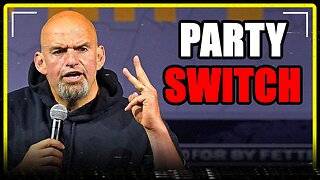 9:24
9:24
MattMorseTV
14 hours ago $7.16 earnedFetterman is actually DOING IT...
5.93K31 -
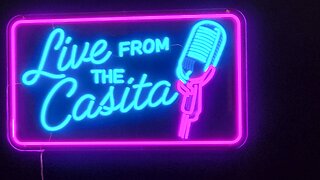 49:23
49:23
Live From The Casita
7 hours agoLive Music Jam
1.66K4 -
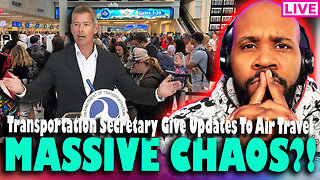 2:55:50
2:55:50
The Pascal Show
11 hours ago $0.07 earnedMASSIVE CHAOS?! Transportation Secretary Hold Presser On Air Travel & More
1.25K1 -
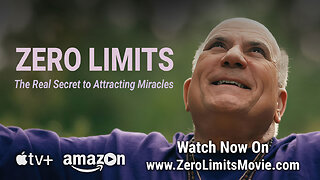 1:06:35
1:06:35
TruthStream with Joe and Scott
1 day agoZero Limits Round Table with Joe Vitale, Lisa Schermerhorn and more of the cast!
3.51K -
 LIVE
LIVE
Lofi Girl
2 years agoSynthwave Radio 🌌 - beats to chill/game to
181 watching -
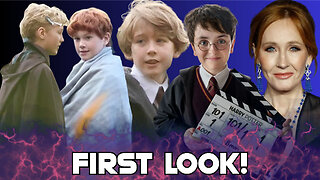 7:40
7:40
Blabbering Collector
13 hours agoLEAKED: Draco Malfoy, Hooch, Neville Longbottom! | Harry Potter HBO Show Update, Wizarding News
8.07K -
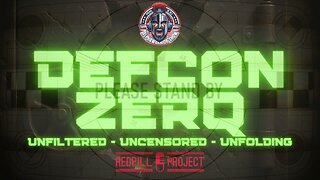 3:06:35
3:06:35
Badlands Media
16 hours agoDEFCON ZERQ Ep. 017: Tesla Tech, Ancient Power & The Fight for Human Consciousness
229K54 -
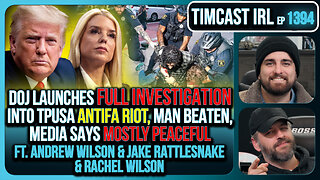 3:11:56
3:11:56
TimcastIRL
8 hours agoDOJ Launches FULL INVESTIGATION Into TPUSA Antifa RIOT, Media Says Mostly Peaceful | Timcast IRL
254K83 -
 3:16:27
3:16:27
Barry Cunningham
12 hours agoBREAKING NEWS: SOLVING THE HOUSING CRISIS BY UNDERSTANDING VETERANS DAY! AND IT'S MOVIE NIGHT!
81.6K33 -
 8:58:17
8:58:17
SpartakusLIVE
10 hours agoWZ Solos to Start || NEW Battlefield 6 - REDSEC Update Later
26.1K1